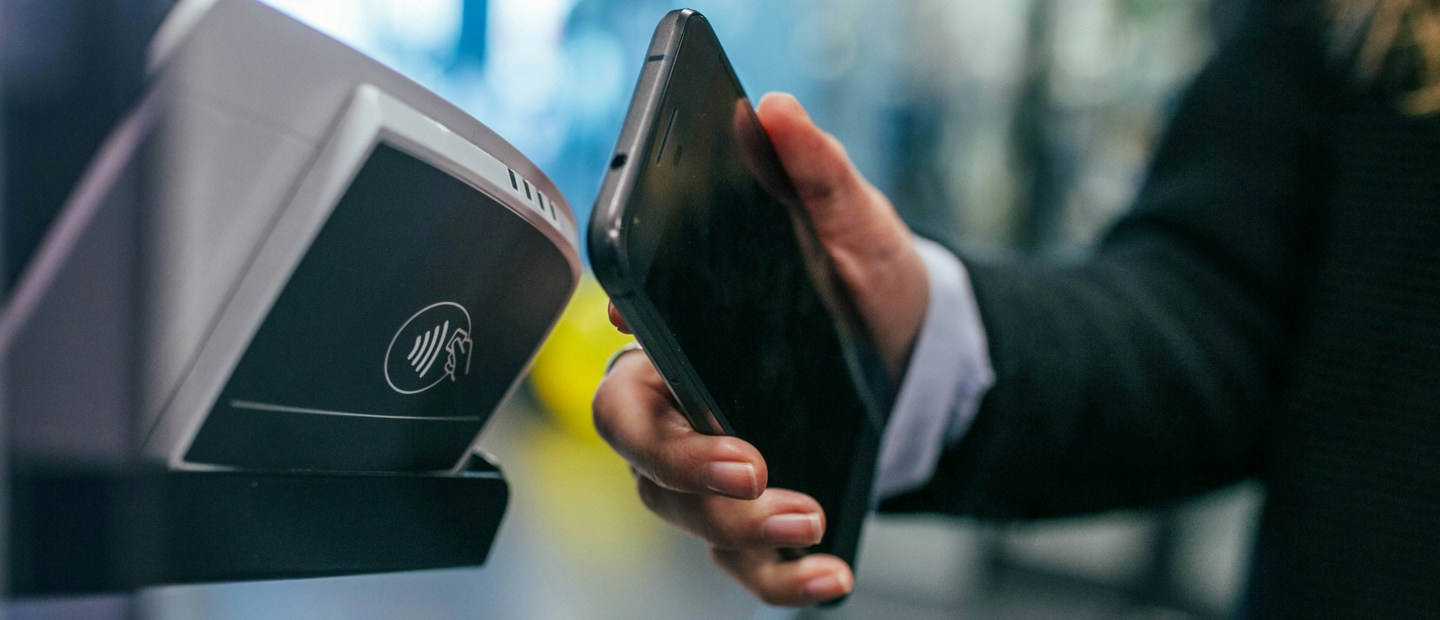
Ever thought about negotiation beyond simply haggling over prices? In B2C, it’s a game-changer for customer loyalty. Successful negotiation isn’t just about discounts; it’s about understanding customer needs, providing value and convincing them that your brand is the best choice, maximizing their willingness to pay.
This article will explore how negotiation tactics can help address customer pain points, unlock customer value and reinforce loyalty. We will look at this through the lens of well-executed customer loyalty programs, which have now become foundational to customer retention.
In today’s landscape, customers have rapidly evolving needs and competition has intensified significantly, thus, the concept of negotiation has emerged as a strategic differentiator. But how?
At first glance, negotiation in a B2C context may simply refer to “bartering”; a visit to a foreign flea market will prompt tourists to begin negotiating for leather goods or a knock-off pair of running shoes. To most, it is indeed the textbook definition of a negotiation. However, at The Gap Partnership, we refer to this type of negotiation, bartering, as the most competitive and one-dimensional type of negotiation there is. That is because it’s only focused on one element: price.
When the concept of negotiation in the B2C context is expanded to include more factors and variables, it begins to draw parallels toward a more strategic approach involving customer satisfaction, retention and advocacy. More than ever, companies cannot rely on short-term price shifts to meet commercial objectives. Rather, they need to convince customers that their brand is the best, if not the only one they need, to maximize customer lifetime value (CLV). This can be done by having a deep understanding of the customer.
How do I truly understand my customer to prepare for the negotiation?
Negotiation success depends on a deep understanding of customer preferences, needs and pain points. Unlike B2B negotiations which are typically based on contracts and volumes, B2C negotiations focus on individual motivations and experiences.
These fall under experiential categories that can add perceived value without necessarily reducing price points. For example, if a customer group (or persona) wants not only discounts but also exclusive access to private events or priority services, their biggest value-add in terms of shopping experience is “exclusivity”. These customers would be willing to spend more if they see additional rewards and unique experiences down the line that would differentiate them from other customers, such as through social status or reputation among their social circles.
On the flip side, acknowledging and understanding customer pain points is just as critical. In the context of negotiations, brands need to consider and rank the “variables” before creating and launching their loyalty value proposition. Some guiding questions to ask include:
- Why do customers want to shop in my store or buy more of my products?
- What pain point does my loyalty program (or product) best solve? What is not currently solved but can be in the future?
- What factors would affect their behavior the most, whether it is seasonal or impulse-driven?
Once the personas are clear and you have a rich understanding of the customer, you will need to start setting yourself up for success with rounds of testing, marketing and communication. In the negotiation context, we call this “preconditioning”.
How can I precondition my customers before launching or updating my loyalty program?
A successful B2C negotiation strategy often involves preconditioning customers. Preconditioning is essentially preparing the customer’s expectations so that when negotiation happens they are more receptive to the offer. This can be achieved through a variety of loyalty mechanisms.
One of the most impactful loyalty projects I did in my previous consulting firms was for a Hong Kong-based conglomerate that wanted to revamp their loyalty program. The program aimed to tie together an interesting mix of business units: a chain of luxury shopping malls, a hotel and a jewelry brand. During COVID-19, hospitality and luxury took a huge hit, given the sudden drop in tourists and spending in general.
To reverse the situation, we had to think of synergies between all the business units so that customers could be locked into a singular ecosystem. After analyzing customer profiles and the market environment, the recommendation that was implemented can be simplified into a single statement:
“If you stay at our group’s hotel for just one evening, then we will give you an instantaneous tier upgrade in our loyalty program.”
Mind you, the hotel in question is not cheap at all. However, we adjusted the spending amount required to reach the second loyalty program tier to match the one-night fee for a staycation experience, and the response was outstanding. There was a large uptick in hotel bookings and, subsequently, first-time shoppers in the shopping malls as they wanted to best utilize their loyalty program.
Given the prestige of the hotel, the general perception of a person who is at the higher tier in the loyalty program is either someone who had a luxurious staycation recently or had spent a decent amount in a top-tier shopping mall. By reinforcing this sense of exclusivity, customers will likely be more willing to engage in negotiation, as they feel they are engaging in a mutual give-and-take with the brand for their own personal benefit.
After preconditioning, how do I maximize my customer’s willingness to pay during the negotiation?
One of the core objectives of B2C negotiations is maximizing the customer’s willingness to pay, or to “get the best deal”. For loyalty program members, brands can easily negotiate around aspects that enhance perceived value without sacrificing profitability. This is often done with tiering: if the customer spends over a certain amount over a certain period, they can secure a particular loyalty tier for the year (or even longer, depending on the design).

B2C companies use tiers to segment loyalty members by their purchasing power and preferences. Understanding which benefits each tier values most allows businesses to negotiate benefits instead of price. In the figure above, we can see that the basic and intermediate levels in loyalty programs will have rather tangible benefits; everyone should know the value of a discount coupon or the meaning of “free” for free shipping in dollars.
However, once you move up the levels and tiers, the rewards become less tangible and more experience-focused. This makes the negotiation more complex; once you can’t link rewards directly to a price, it is up to the customer to decide how much they value it and inherently, they will begin to go through the process of price discrimination themselves. Those who highly value experiences and exclusivity, for example, would be much more willing to spend a couple of thousand dollars more to secure the next tier than someone indifferent to the brand and just wants to make a one-off or annual purchase.
Naturally, a “pyramid” (or inverted sales funnel) is formed, where the greatest brand advocates are at the top in small numbers, and most members are satisfied with the smaller perks that come with being an ordinary member.
Summary
As negotiation culture in B2C continues to mature, brands that prioritize a customer-centric approach will likely see the highest returns on their efforts. The key lies in:
- Understanding the customers’ preferences, needs and pain points to know which variables to go for.
- Preconditioning customers through effective communication and setting favorable expectations for them to purchase more.
- Packaging the deal in a way that maximizes each customer’s willingness to pay.
Of course, there are many concepts, such as the use of gamification or perfecting UI/UX, that are not discussed in this article but do contribute greatly to the loyalty program’s success; I will elaborate more on these concepts in the next article.
As negotiation experts, The Gap Partnership works with clients to optimize commercial effectiveness, creating a culture that embodies key negotiation principles. Chat with us today to see how we can help transform your organization or visit our website to see how we have helped our clients succeed.

Subscribe to our newsletter
We’d love to send you our monthly round up of news, events and products.
 Back to insights
Back to insights